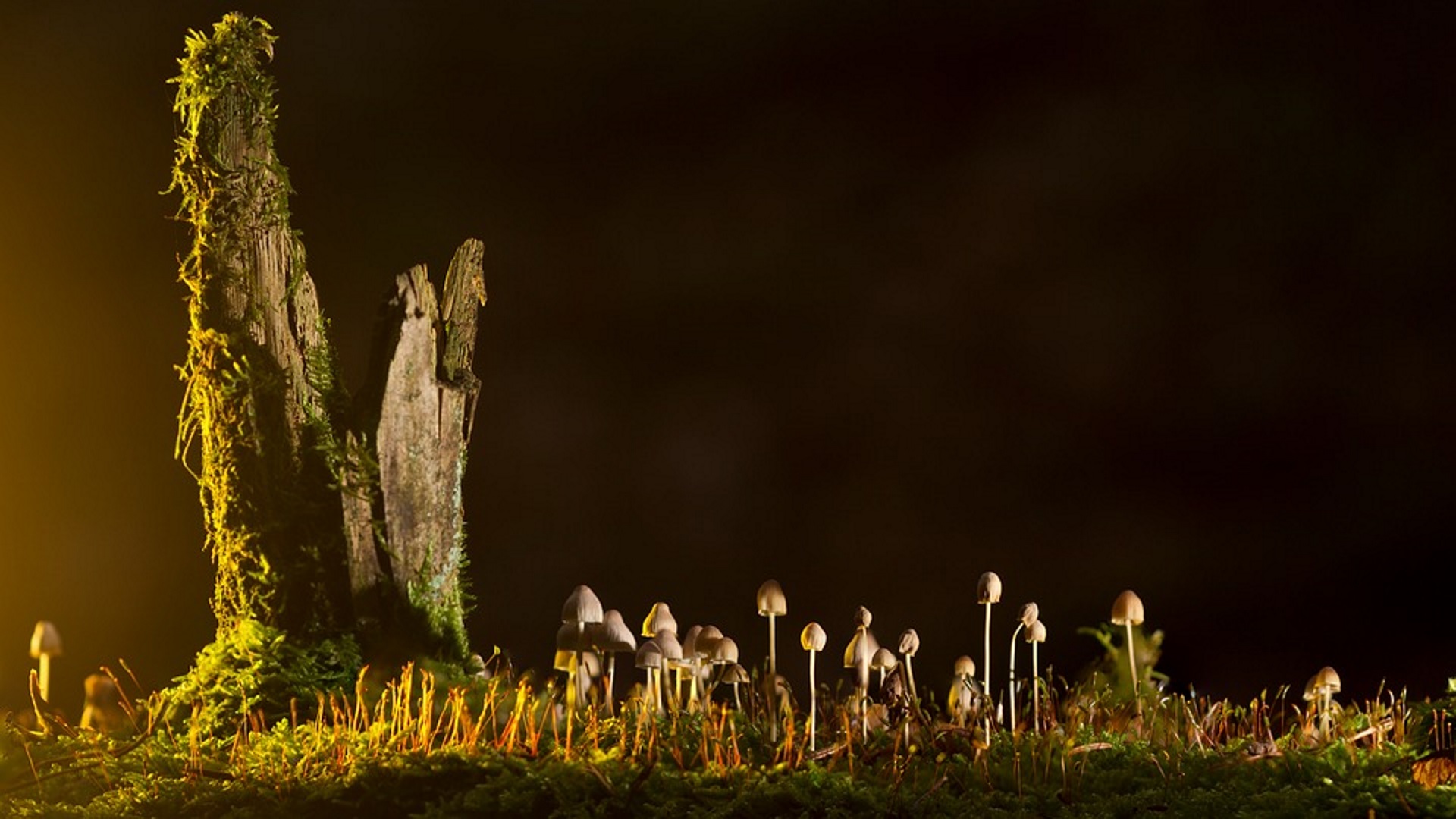

Mycofiltration Enters the Commons
March 20, 2015
Fungi Perfecti founder and director of research, Dr. Paul Stamets, announced today the release of mycofiltration and mycorestoration as public domain terms and technologies. The move formalizes a long-standing company policy of “teaching the teachers” the art and developing science of mycofiltration through annual seminars, workshops, and lectures. Stamets made the move to fully disclose mycofiltration as public domain to clear up any remaining doubt about the intellectual property status of the technology.
The technology, known as “mycofiltration” refers to the intentional and judicious use of cultivated networks of fungal mycelium to facilitate water quality improvements in engineered ecosystems. This ecologically rational biotechnology is a promising technique for enhancing management of stormwater, graywater, and agricultural runoff. The approach of adding cultivated fungi to surface water management practices was invented by Stamets in the late 1980s when a serendipitously placed ‘garden giant’ (Stropharia rugoso-annulata)mushroom bed reduced bacteria runoff from upland pasture (Stamets, 2005). He named this technology, “mycofiltration” based on the Classic Greek “mykēs” meaning “fungus” (Stamets, 1993).
“I initially filed a patent on mycofiltration in 2001 [link] to protect the technology from misuse and to help support my lifelong goal to transform gourmet mushroom farms into healing arts centers. I have since given up the patent, which, ironically, now makes this information freely available and impossible for others to patent in the future. The technology is public domain and it is my gift to environmental stewards. This announcement just formalizes that.”
Under the open-source release, Stamets’ mycofiltration patent application now resides in the public domain, as do his formerly trademarked terms Mycofilter and Mycorestoration. Select written descriptions of the concept, methods, and applications will also be made publically available under the C.C. Attribution-ShareALike license. Photographs, presentations, and Fungi Perfecti branded materials will remain copyrighted but may be used on a case-by-case basis with written permission.
Fungi Perfecti continues to support the development of mycofiltration as an environmentally rational addition to the toolkit currently available for surface water management. In 2012, a mesocosm-scale study jointly conducted by Fungi Perfecti and Washington State University (WSU) confirmed the potential of mycofiltration media to remove E. coli from synthetic stormwater under laboratory conditions (Taylor and others, 2014). The study confirmed that the “garden giant” mushroom, Stropharia rugoso-annulata has superior resiliency to the environmental conditions present in mycofiltration field settings [link], and affirmed Stamets’ original discovery by documenting improved removal of bacteria with this species [link].
According to Stamets: “We remain dedicated to advancing the science and increasing the adoption of mycofiltration. The need is too great and time is too short for us to do it alone. We are happy to supply mycelium to people who wish to develop this technology [www.fungi.com], but we are not holding anyone to our business alone. The important thing is that we get this information out there and put to use.”
Related Link: How Mushrooms Can Save the World

Truth Comes to Light highlights writers and video creators who ask the difficult questions while sharing their unique insights and visions.
Everything posted on this site is done in the spirit of conversation. Please do your own research and trust yourself when reading and giving consideration to anything that appears here or anywhere else.










